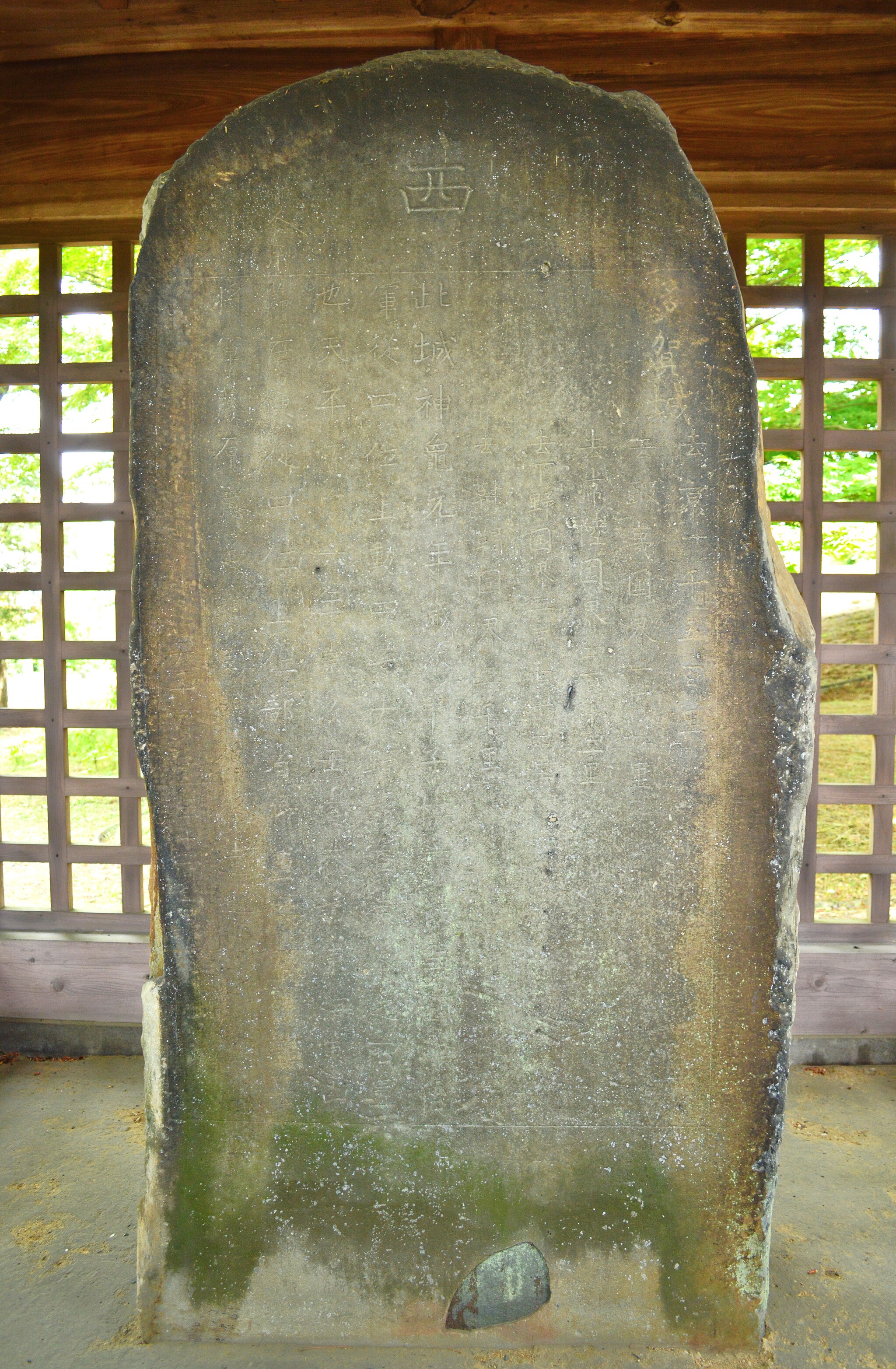
Taga Castle Ruins
多賀城- Rikuzen-Sannō StationTōhoku Main Line
- Walk 19 minutes
Nestled on a plateau overlooking the Sendai Plain in modern-day Tagajo City, Miyagi Prefecture, Taga Castle stands as one of Japan's most historically significant fortress sites. Built in 724 CE during the early Nara period, this ancient stronghold served as the northern capital of the expanding Yamato Empire and a crucial defensive line against the indigenous Emishi people.
A Fortress Born from Conquest
Taga Castle was constructed by Ohno no Azumabito as part of the imperial court's systematic campaign to conquer and colonize the native Emishi territories of northeastern Japan. More than just a military fortress, it functioned as a fortified administrative city, serving as the provincial capital of Mutsu Province and housing the regional government that oversaw both Mutsu and Dewa provinces.
The castle's strategic location was carefully chosen. Positioned 10 kilometers northeast of present-day Sendai city near the Pacific coast, it sat on elevated ground that divided the Sendai Plain in half. The site's natural defenses were enhanced by surrounding marshes and rivers, while its proximity to Shiogama provided access to a natural port crucial for supply lines and communications.
Architectural Marvel of Ancient Japan
The fortress complex covered approximately 900 meters square, enclosed by imposing earthen ramparts 5 meters high topped with wooden palisades. A dry moat 3-4 meters wide provided additional protection around the 3.4-kilometer perimeter. The eastern side, facing the connecting hills, received special fortification with an interior gate protected by corner turrets.
Within the fortified walls, a main road over 20 meters wide led from the southern gate to a second square enclosure of 100 meters per side. This inner compound housed the government offices where military planning and administrative decisions for the entire northern region were made. The complex was designed not just for defense but as a symbol of imperial power projected into the frontier lands.
Turbulent History and Legacy
Taga Castle witnessed centuries of conflict and transformation. In 780 CE, it was successfully attacked and burned by the Emishi in a major rebellion, demonstrating the ongoing resistance to imperial expansion. The fortress was quickly rebuilt, but its strategic importance began to decline after 802 CE when Sakanoue no Tamuramaro established new military bases further north, including Isawa Castle.
Despite reduced military significance, Taga Castle continued to flourish as an administrative center. However, nature proved as destructive as warfare when the great Jogan tsunami of 869 CE severely damaged the complex. By the 10th century, the collapse of the ancient administrative system and the rise of local samurai bands led to the central government's abandonment of direct rule. The final blow came with the rise of Hiraizumi under the Northern Fujiwara clan in the 12th century, after which Taga Castle gradually fell into ruins.
The Monument of Memory
One of Taga Castle's most precious treasures is the Tsubo no Ishibumi, also known as the Tagajo Monument. This stone stele, erected in 762 CE, bears a Nara period inscription recording distances to various important locations including the capital at Nara and Emishi territories. The monument is one of Japan's three oldest historical markers and was designated an Important Cultural Property in 1998.

The famous haiku poet Matsuo Basho visited this stone during his 1689 journey, immortalizing it in his masterpiece "Oku no Hosomichi" (The Narrow Road to the Deep North). He wrote emotionally about encountering this tangible link to events from a millennium past, noting that while most vestiges of history fade, this monument provided "wholly trustworthy memorials" of ancient times.
Archaeological Discoveries
Modern excavations have revealed the temple ruins southeast of the main fortress, now known as Tagajo Haiji. Archaeological work has uncovered numerous artifacts that illuminate daily life in this ancient frontier capital, from pottery and tools to architectural elements that help reconstruct the appearance of buildings that once stood within the ramparts.
The site has yielded evidence of the sophisticated urban planning that characterized this early provincial capital, including remains of a Heian period roadway and foundations showing the layout of government offices and military quarters.
Visiting Taga Castle Today
Today, Taga Castle exists as an archaeological park where visitors can walk among the remains of one of Japan's oldest castle sites. While no buildings have been reconstructed, the earthen foundations, stone foundations, and portions of the ancient ramparts remain visible. Informational signs in Japanese and English help visitors understand what once stood in each location, supported by illustrations showing how gates, government offices, and guard towers might have appeared over a millennium ago.
The site covers 102 hectares, and a complete exploration can take 2-3 hours. The original stone monument is now housed in a protective wooden building, ensuring this priceless historical artifact remains preserved for future generations.
The Museum Experience
Adjacent to the castle ruins, the Tohoku History Museum provides essential context for understanding the site's significance. Opened in 1999, this modern facility displays artifacts from the excavations alongside comprehensive exhibits covering the entire history of the Tohoku region from the Paleolithic era to modern times. The museum's permanent exhibition offers English-language audio guides and explanations, making it accessible to international visitors seeking to understand this crucial chapter in Japanese history.
At Hey Japan!, we strive to keep the places listed on our website as current as possible. However, it is important to note that location owners or management may make changes to their plans, including canceling events, altering opening times, or modifying admission requirements, without prior notice. To ensure that you have the most accurate information, we recommend checking official websites before visiting any location.
Last Updated:














